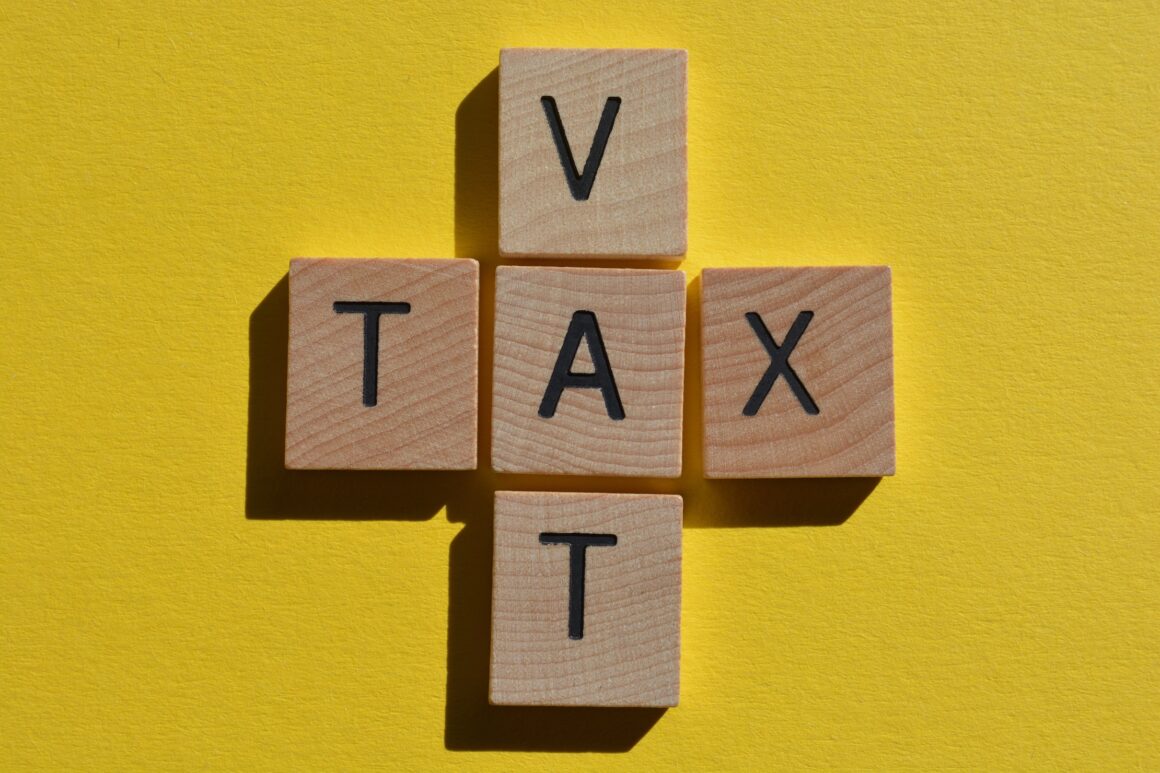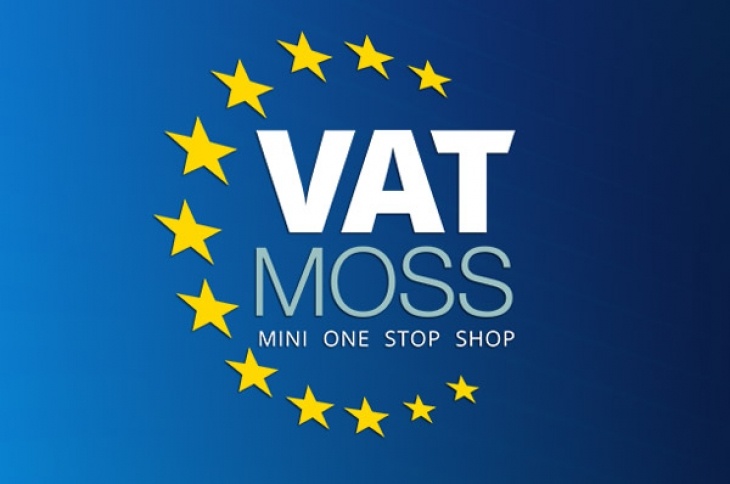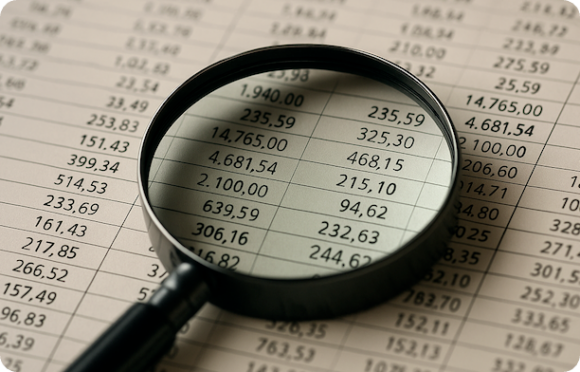
Value-added tax can be tricky, especially in international trade. How does it differ compared to other taxes? Here are the basics.
Taxes based on consumption and directed towards end-consumers are commonly known as VAT, Value-Added Tax. This specific tax is generally added to the price of particular goods or services and deductible for companies and most organizations. In some countries, it comes by the name of GST, Goods and Services Tax.
VAT differs from sales taxes as it’s imposed in every step of the production and distribution chain. Sales taxes on the other hand are only imposed on the consumer. This is a significant difference as companies act as tax collectors for the government.
Brief history
Despite widespread implementation, it hasn’t been around for that long. In the early 20th century, two people proposed the basic concept, independently. An American tax expert and economic advisor named Thomas S. Adams proposed it as being a more refined version of the corporate income tax. Wilhelm von Siemens, a German businessman, suggested at the same time that a consumption tax addressed to the end-consumer could be a more easily administered form of a gross turnover tax and sales taxes.
Germany and France were the first countries to implement VAT, shortly after World War I. Ever since it’s popularity among national and local governments has increased rapidly. OECD reports that among the world’s 199 countries a whopping 166 have implemented the tax in one form or another, with the notable exception of the United States.
VAT is tricky
Despite being an efficient tax for governments, VAT is often a huge source of headache and capital leakage for companies and organizations. Not at least in international trade. There are several reasons for this.
- Despite huge harmonization efforts driven by the EU, there are vast differences in local regulations. Various tax rates, dates, and reporting routines quickly become overwhelming. Especially for small businesses without the resources of an accounts payable department.
- The ever-changing landscape is a big cause for concern. From the EU court of justice and commission to national and local regulations – it takes effort to keep track of new regulations.
- Despite all available sources, from taxation levels to precedents, there are sometimes uncertainties. Not at least when new rules and regulations are implemented.
International VAT
Even if the basic concept for businesses is easy enough to manage, international trade makes VAT increasingly difficult. The main principle of international VAT is that rules are applied in the country where the turnover was produced. In the EU, several steps forward have been made to harmonize European regulations. The VAT action plan, the latest initiative from the commission, was announced in 2016.
For buyers and sellers across borders, international VAT numbers, VATINs, are required.
Click here to check European VAT number here.
VAT in the Nordics
Value-added taxes are implemented across all Nordic countries. The average rate is around 20-25 percent, with Denmark as the highest rate with a 25 percent VAT rate with few expectations.
Sweden, Norway, Finland, and Iceland apply reduced rates in tiers for services and goods such as public transportation, food, and cultural services, books, and newspapers.
Danish: Moms, merværdiafgift
Finnish: ALV, arvonlisävero
Icelandic: VSK, virðisaukaskattur
Norwegian: MVA, merverdiavgift
Swedish: Moms, mervärdes- och omsättningsskatt
The future of VAT

Expect the world of VAT to continue to change, with an increased harmonization of rules and to some extent tax levels. And of course, to prevent fraud.
A recent example that makes life easier for businesses in telecom and broadcasting that provide services to consumers, is the optional program MOSS, Mini-One-Stop-Shop. It allows businesses to tax register in one EU country, which in turn will be responsible for the distribution of VAT to other countries within the union. The commission has proposed to extend MOSS to include other areas, such as e-commerce. It is expected to be fully implemented in 2021.
In addition, the commission has also proposed similar legislation, OSS. It is intended to replace the current practice of reversed charge for goods in B2B transactions between EU countries. The current plan is to implement this by 2022.
—
At Qvalia, we think this is a step in the right direction. Simplification and increased transparency make life easier for businesses, contributing to the growth and healthy economies across Europe.
Next step:
Transform your processes with our cloud-based VAT automation solution.


